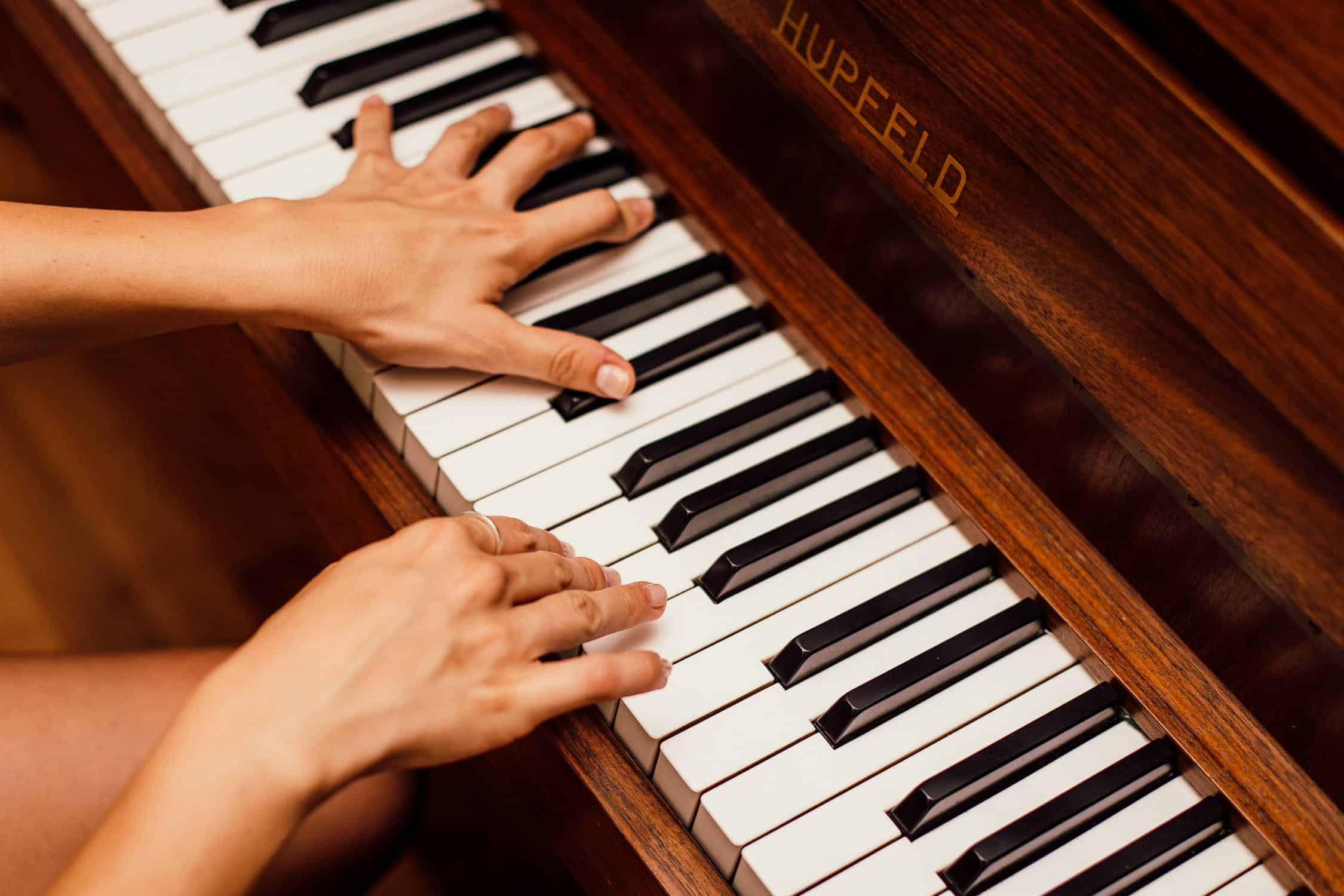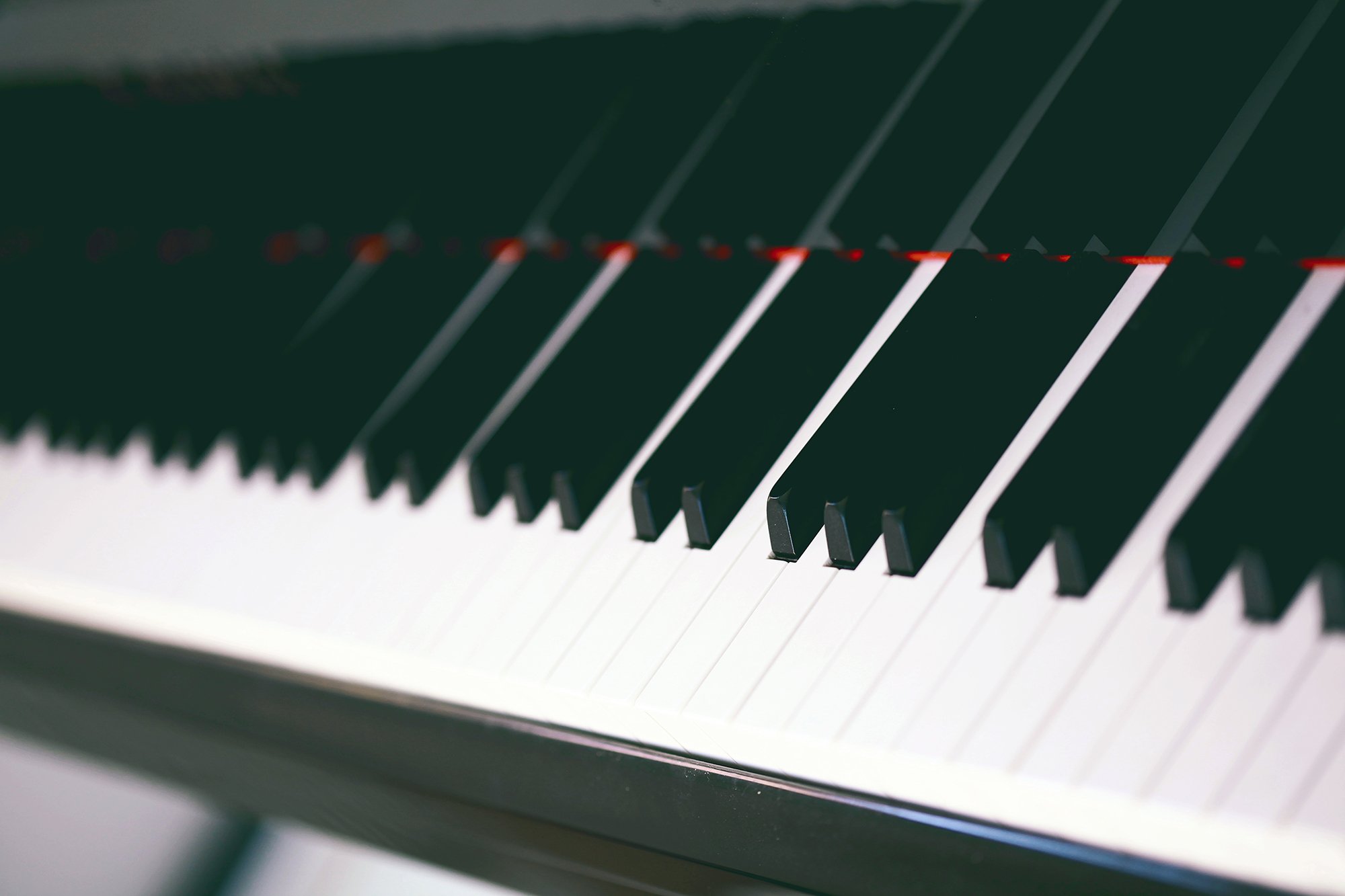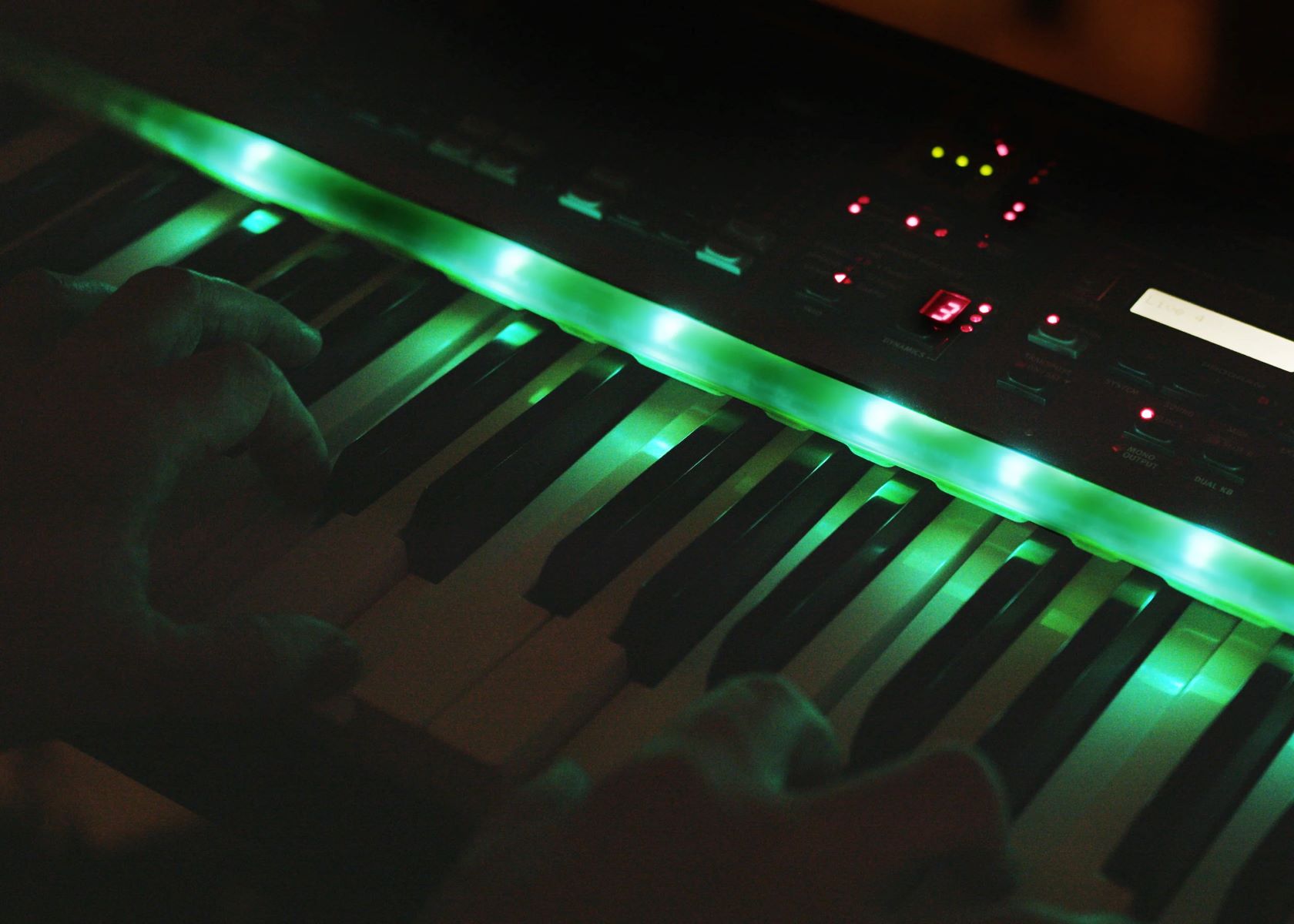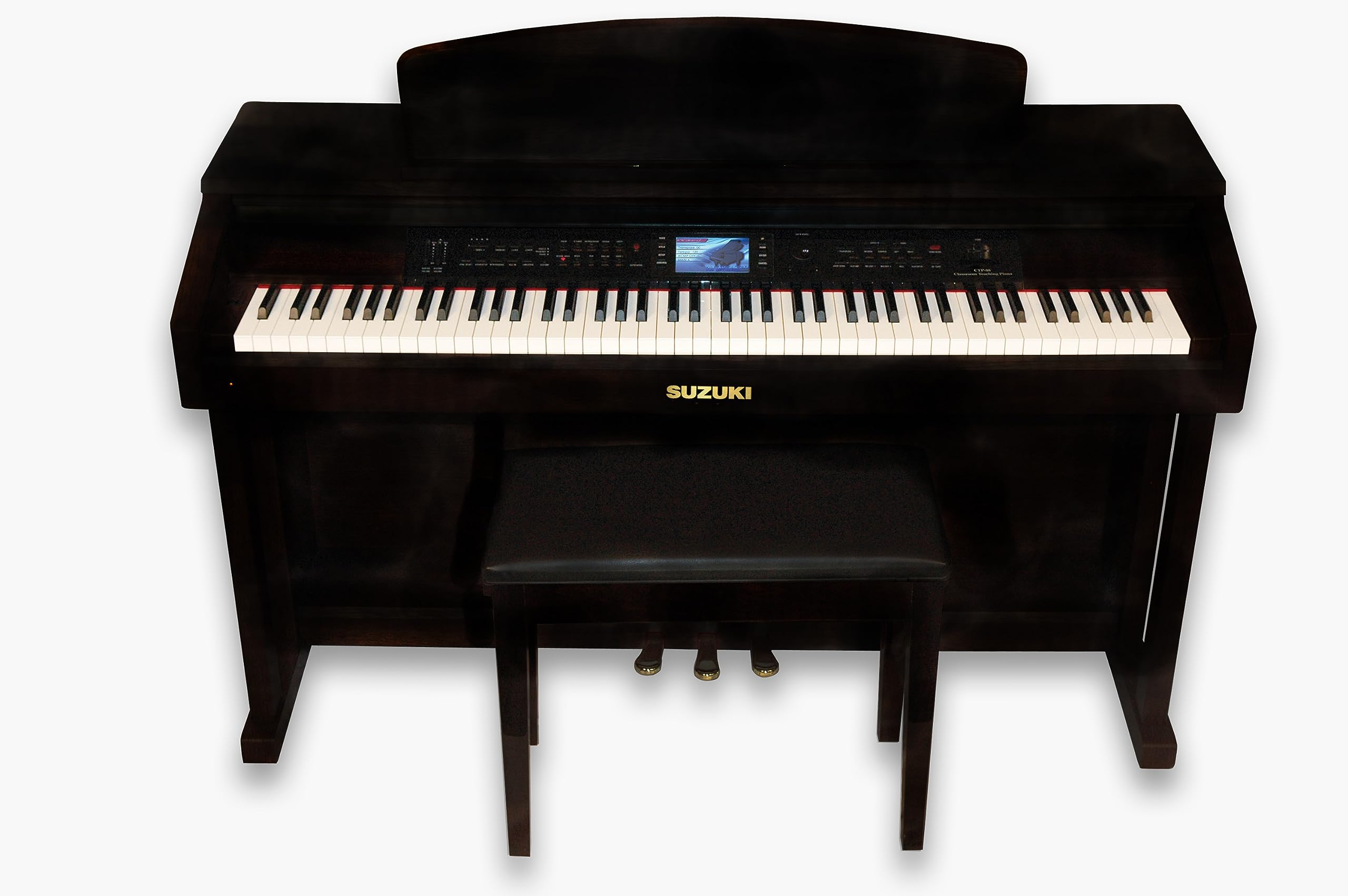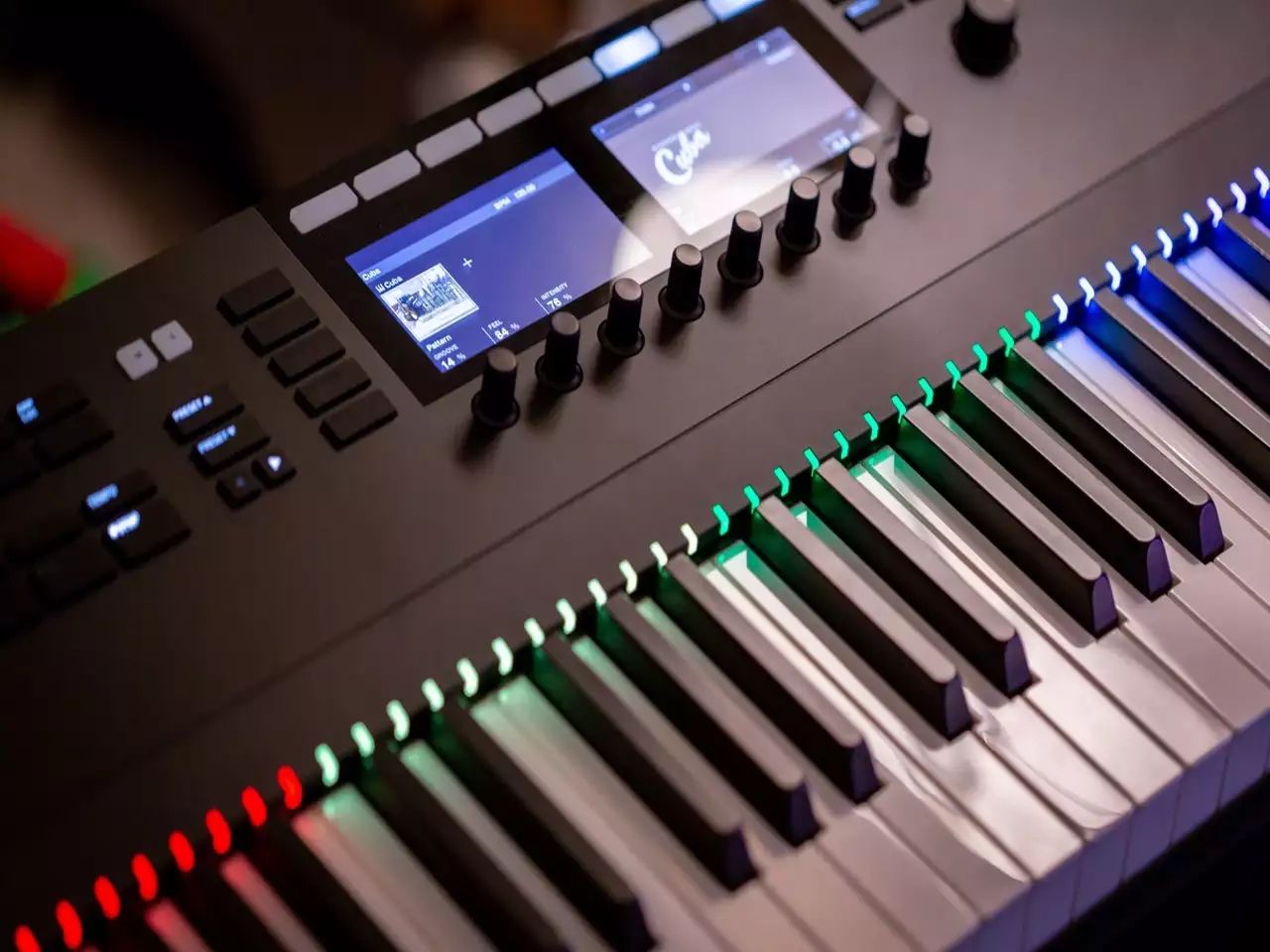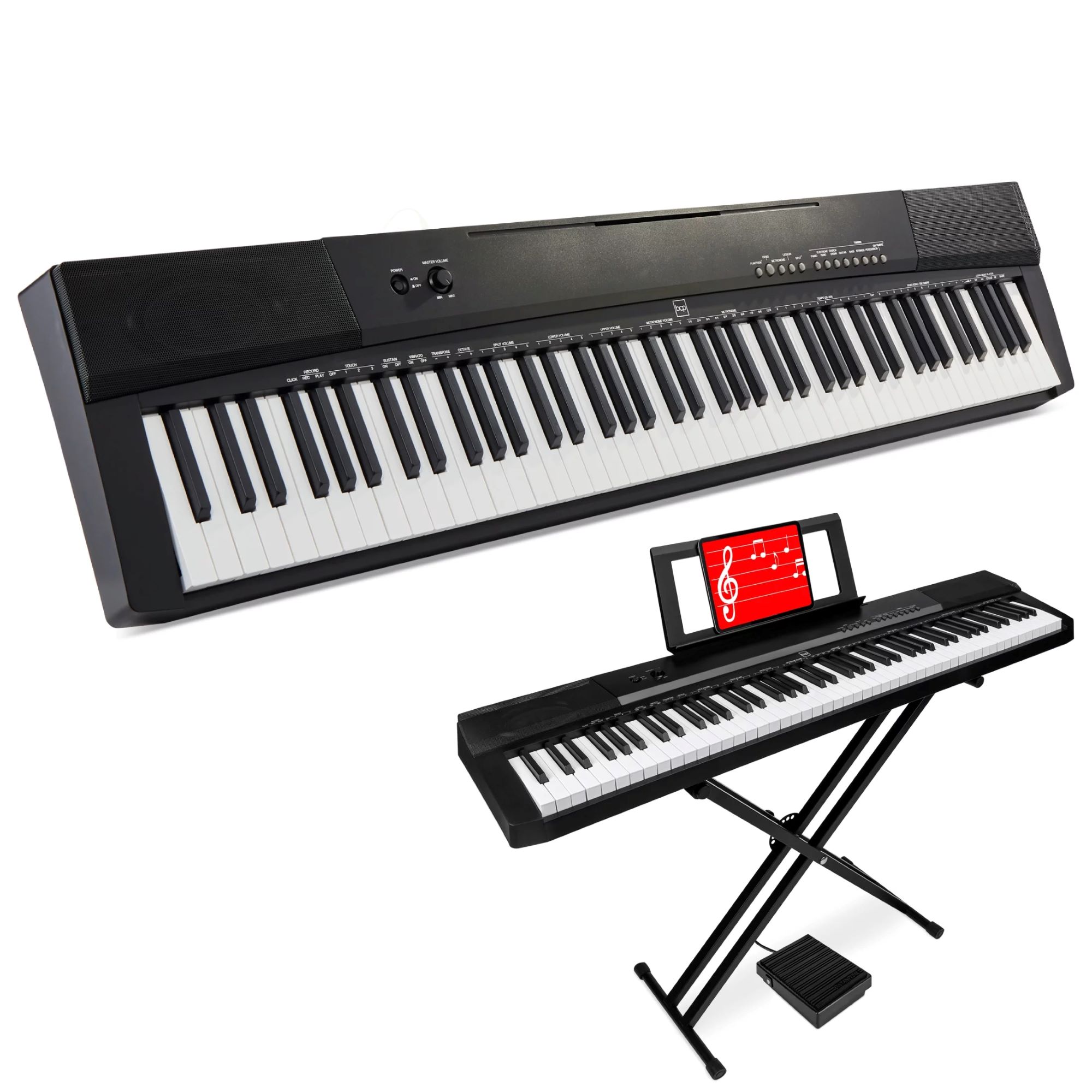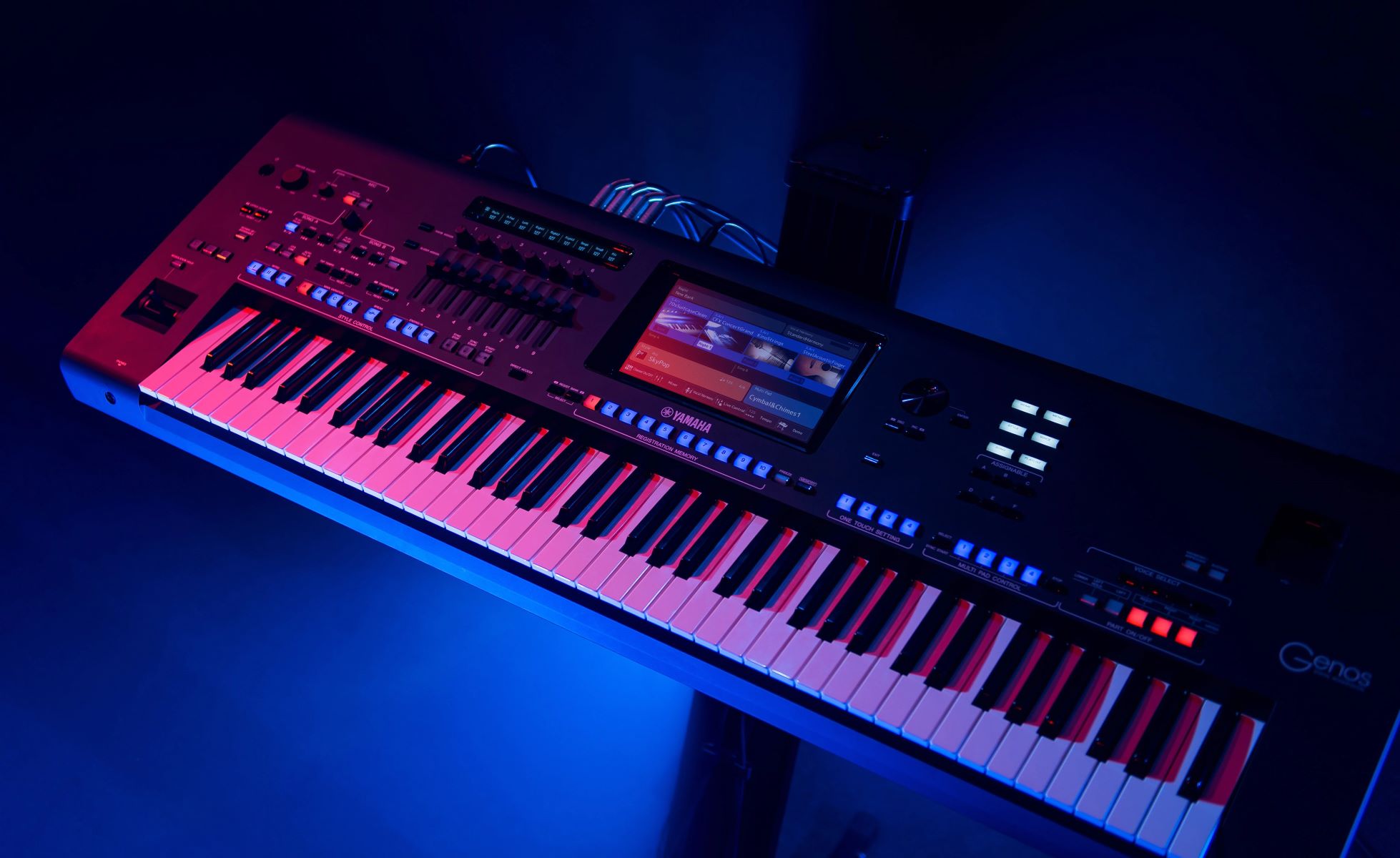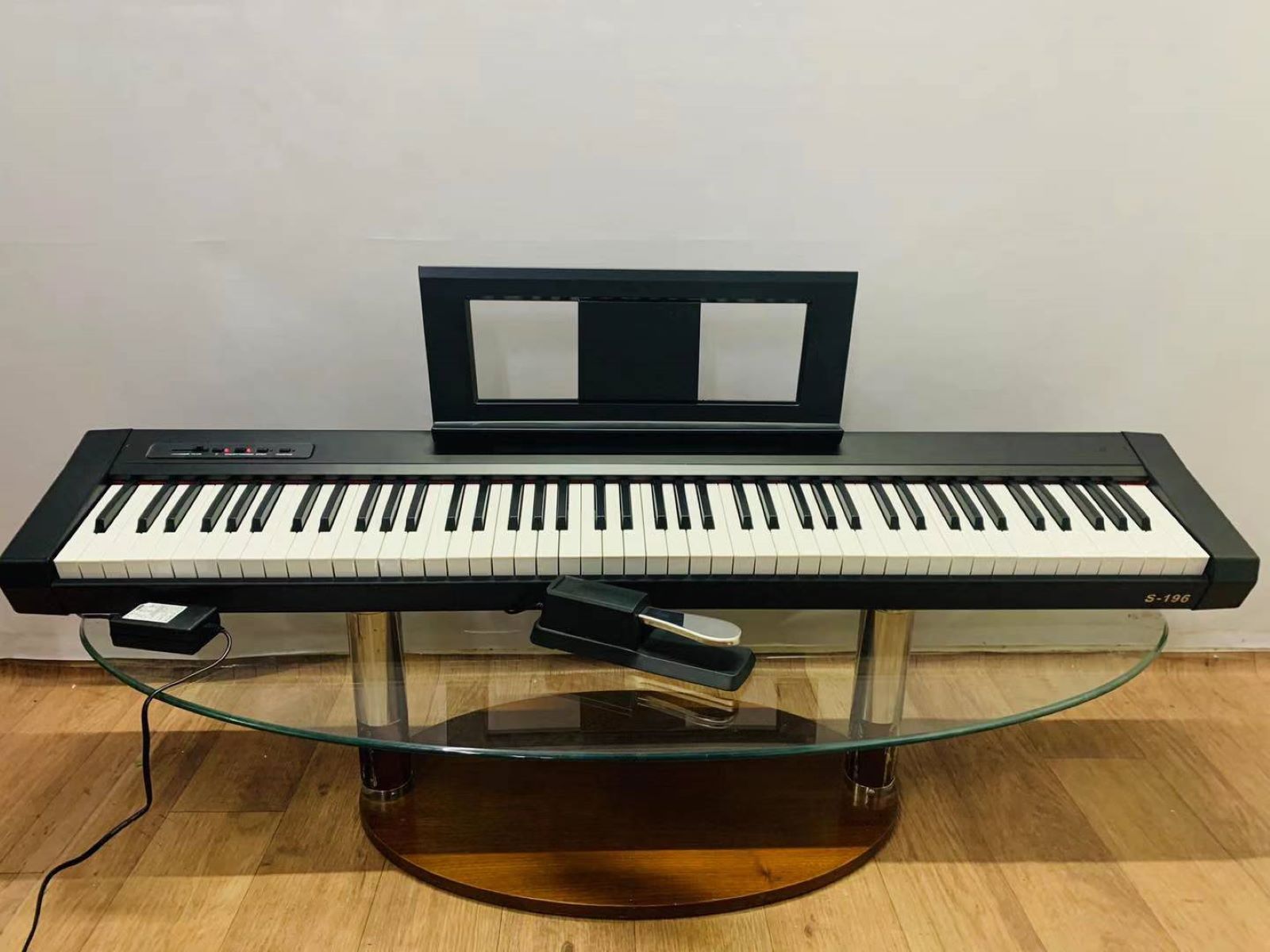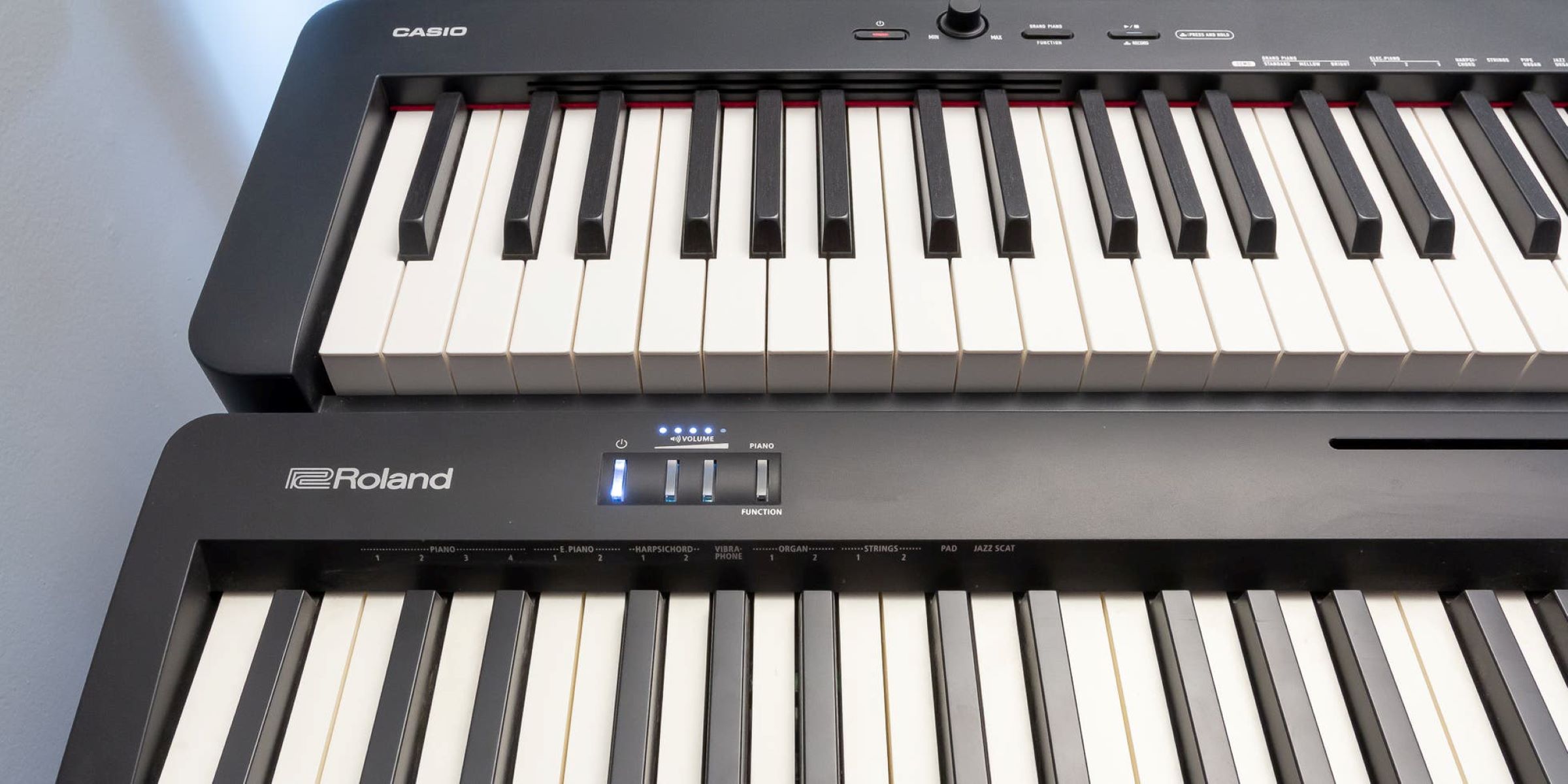Introduction
Understanding Polyphony in Digital Pianos
When it comes to digital pianos, the term "polyphony" holds significant importance, yet it remains a mystery to many music enthusiasts. Polyphony refers to the number of individual notes a digital piano can produce simultaneously. In the realm of digital music, this concept plays a pivotal role in shaping the overall musical experience. Understanding polyphony and its implications is crucial for anyone seeking to delve deeper into the world of digital pianos.
Digital pianos have revolutionized the way music is created and enjoyed. With their ability to replicate the sound and feel of traditional acoustic pianos, they have become a popular choice for musicians, educators, and enthusiasts alike. However, the concept of polyphony often perplexes those venturing into the realm of digital pianos for the first time.
Polyphony directly influences the richness and complexity of the music that can be played on a digital piano. It determines the number of notes that can be played at the same time without any previously played notes being cut off. This fundamental aspect of digital piano technology holds the key to unlocking the full potential of musical expression.
As we embark on this exploration of polyphony in digital pianos, we will unravel its significance, delve into the factors that affect it, and provide valuable insights for choosing a digital piano with the right polyphony for your musical aspirations. Understanding polyphony is essential for making informed decisions when selecting a digital piano that aligns with your musical needs and ambitions. Let's embark on this journey to demystify polyphony and illuminate its role in the realm of digital pianos.
Understanding Polyphony in Digital Pianos
To comprehend the significance of polyphony in digital pianos, it is essential to grasp the concept in its entirety. Polyphony, in the context of digital pianos, refers to the maximum number of notes a keyboard can produce simultaneously. This means that when a key is pressed and a note is sounded, the digital piano’s polyphony determines how many other notes can be played at the same time without cutting off any previously played sounds.
For instance, if a digital piano has a polyphony of 64, it can play 64 notes at once. However, it is important to note that the total polyphony count includes not only the notes played by the keys but also any additional sounds such as accompaniment, rhythms, or effects. Understanding this aspect is crucial for maximizing the potential of a digital piano during performances or compositions.
Polyphony is particularly relevant when playing complex musical pieces that involve sustained notes, pedal techniques, or intricate chord progressions. In such scenarios, a higher polyphony count ensures that all the nuances and subtleties of the music are accurately reproduced, providing a more authentic and immersive musical experience.
Furthermore, polyphony plays a pivotal role in capturing the intricacies of classical compositions, where multiple voices and harmonies intertwine to create a symphonic masterpiece. Without adequate polyphony, the digital piano may truncate or drop notes, compromising the integrity of the musical arrangement.
Understanding polyphony empowers musicians to make informed decisions when selecting a digital piano that aligns with their artistic vision. It enables them to discern the optimal polyphony requirements based on their musical repertoire, performance style, and creative aspirations. As we delve deeper into the realm of polyphony, its importance in shaping the musical landscape of digital pianos becomes increasingly evident.
Importance of Polyphony in a Digital Piano
The significance of polyphony in a digital piano cannot be overstated, as it directly influences the depth and authenticity of the musical experience. A higher polyphony count empowers musicians to explore complex compositions, layer multiple sounds, and unleash the full spectrum of musical expression.
First and foremost, polyphony is imperative for capturing the nuances of sustained notes and intricate chord progressions. When playing pieces that demand sustained pedal techniques or intricate harmonies, a digital piano with ample polyphony ensures that every note is faithfully reproduced, preserving the integrity of the musical arrangement.
Moreover, polyphony is essential for replicating the richness of classical compositions, where multiple voices and harmonies intertwine to create a symphonic masterpiece. With sufficient polyphony, digital pianos can faithfully reproduce the intricate interplay of musical elements, delivering a captivating rendition that resonates with the depth and grandeur of the original composition.
Furthermore, polyphony is crucial for layering sounds and creating dynamic musical textures. Whether it involves blending different instrument sounds, adding accompaniments, or incorporating special effects, a higher polyphony count provides the flexibility to craft multi-dimensional musical arrangements with seamless transitions and uninterrupted sonic layers.
For educators and students, polyphony is instrumental in facilitating comprehensive musical learning experiences. It allows for the exploration of diverse musical styles, ensemble playing, and the interpretation of complex musical scores with clarity and precision, thereby enriching the pedagogical journey and nurturing musical proficiency.
Ultimately, the importance of polyphony in a digital piano lies in its ability to transcend technical limitations and empower musicians to unleash their creative potential. It serves as the cornerstone of musical expression, enabling artists to breathe life into their compositions and performances with uncompromising fidelity and depth.
Factors Affecting Polyphony
Several factors influence the polyphony of a digital piano, shaping its capabilities and determining the breadth of musical expression it can accommodate. Understanding these factors is essential for selecting a digital piano that aligns with specific musical requirements and performance expectations.
- Sound Generation Technology: The sound generation technology employed in a digital piano significantly impacts its polyphony. Instruments utilizing advanced sampling and synthesis techniques tend to offer higher polyphony counts, enabling the faithful reproduction of complex musical arrangements and expressive performances.
- Sound Layering and Splitting: Digital pianos that support layering and splitting of sounds necessitate a higher polyphony count to accommodate the simultaneous reproduction of multiple voices and instrument combinations. The ability to layer sounds and create dynamic textures enhances musical versatility but demands greater polyphony capacity.
- Multi-Timbral Capabilities: Instruments with multi-timbral capabilities, allowing for the independent control of multiple instrument sounds, require higher polyphony to maintain sonic integrity when playing diverse musical passages and orchestrations. This feature is particularly crucial for creating intricate musical arrangements and orchestrating complex compositions.
- Effects and Accompaniments: Digital pianos equipped with a wide array of effects and accompaniments, such as reverb, chorus, and rhythm patterns, necessitate sufficient polyphony to ensure that these additional elements do not encroach upon the available note count. The seamless integration of effects and accompaniments without compromising polyphony is vital for creating immersive and expressive musical landscapes.
- Performance and Artistic Requirements: The specific musical repertoire, performance style, and artistic aspirations of a musician directly influence the ideal polyphony requirements. Musicians engaging in complex classical compositions, layering multiple instrument sounds, or creating intricate musical textures may gravitate towards digital pianos with higher polyphony counts to fully realize their creative vision.
By considering these factors, musicians and enthusiasts can make informed decisions when selecting a digital piano, ensuring that the instrument’s polyphony aligns with their musical ambitions and performance demands. The interplay of these factors underscores the dynamic role of polyphony in shaping the sonic landscape of digital pianos and expanding the horizons of musical expression.
Tips for Choosing a Digital Piano with the Right Polyphony
When embarking on the journey to select a digital piano with the optimal polyphony for your musical pursuits, several considerations can guide you towards making an informed and rewarding choice. By evaluating these key aspects, you can ensure that the digital piano aligns with your artistic vision and performance requirements.
- Assess Your Musical Repertoire: Begin by assessing the complexity and diversity of the musical pieces you intend to play. If your repertoire encompasses intricate classical compositions, layered arrangements, or compositions with sustained notes, a higher polyphony count is advisable to faithfully reproduce the nuances of your repertoire.
- Consider Sound Layering and Effects: If you envision creating multi-dimensional musical textures through sound layering, blending different instrument sounds, or incorporating effects such as reverb and chorus, prioritize digital pianos with ample polyphony to accommodate these sonic elements without compromise.
- Anticipate Future Artistic Growth: Factor in your artistic aspirations and potential growth as a musician. Choosing a digital piano with a polyphony count that surpasses your current needs can provide room for artistic expansion, enabling you to explore more intricate compositions and performance styles as your skills evolve.
- Evaluate Performance Requirements: Consider your performance style and the specific demands it places on polyphony. Whether you engage in expressive pedal techniques, intricate chord progressions, or dynamic layering during performances, selecting a digital piano with sufficient polyphony tailored to your performance requirements is paramount.
- Explore Sound Customization Features: Examine the digital piano’s sound customization capabilities, including the ability to layer and split sounds, adjust tonal characteristics, and incorporate effects. A comprehensive understanding of these features will guide you towards selecting a digital piano with the right polyphony to support your sound customization endeavors.
By embracing these tips, you can navigate the diverse landscape of digital pianos with confidence, ensuring that the instrument’s polyphony aligns harmoniously with your musical aspirations and performance dynamics. Selecting a digital piano with the right polyphony sets the stage for a fulfilling musical journey, empowering you to unleash your creativity and expressiveness with unwavering fidelity and depth.







